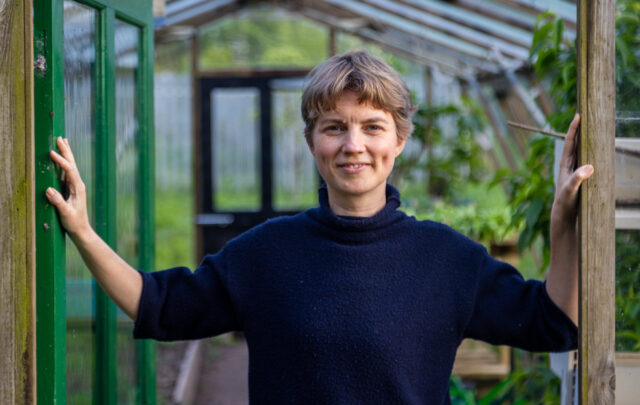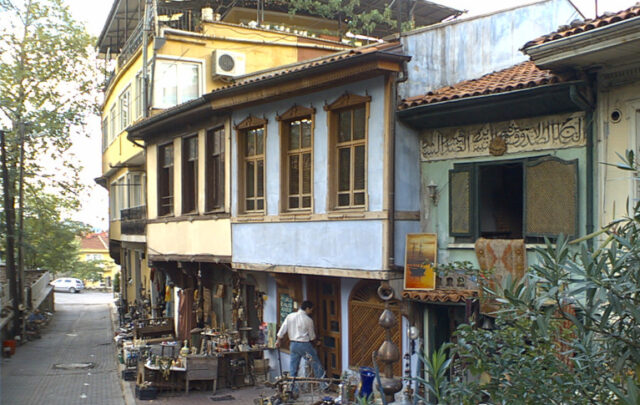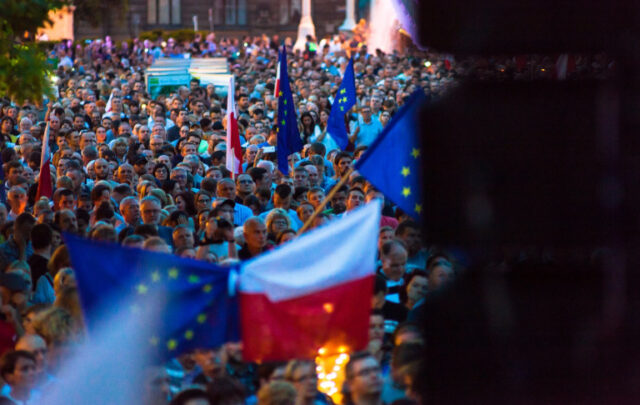 "In Colombia, the ecovillage movement is ceasing to be seen as the alternative, hippy, or maladjusted parts of society, but rather are coming to be known as ‘the people.’ The are the 99-percent, the cultural center and point of reference."
"In Colombia, the ecovillage movement is ceasing to be seen as the alternative, hippy, or maladjusted parts of society, but rather are coming to be known as ‘the people.’ The are the 99-percent, the cultural center and point of reference."
After a 2 week permaculture course in southern Belize — the part that Guatemala is making noises about annexing — we returned to Colombia, a place we last visited at the height of La Violencia 15 years ago.
 |
| Biogas from sewage |
In the late-90s our hemisphere-wide ecovillage network had decided to host a series of meetings around Colombia and we were fortunate to have among us some skilled negiotiators able to obtain safe passage between the various factions, traversing areas where kidnappings and atrocities were commonplace. In one town where the mayor invited us to speak, he was killed shortly after we left. It was near there, in February, 2005, that a joint army/paramilitary “anti-terrorist” battalion funded by the United States moved in and massacred members of the peace movement, most of them displaced refugees, killing eight people, including 3 children.
Less than a month later, then-President Uribe justified the killings, saying, “The peace communities have the right to establish themselves in Colombia thanks to our regime of liberties. But they cannot, as is practiced in San José de Apartadó, obstruct justice, reject the Public Force… In this community of San José de Apartadó there are good people, but some of their leaders, sponsors and defenders … want to use the community to protect this terrorist organization.”
On February 13, 2013, Colombia’s constitutional court ruled in favor of the claims of the survivors of that massacre, who now urge supporters to send a letter to President Santos, urging him to use this historic court ruling to recover the relationship between Colombia and the peace community.
Since we visited and gave our first village design courses more than a decade ago, the ecovillage movement has been wedding Colombian grassroots organizations – the Campesinos, Indigenous and Afro-decendant people — into action-oriented environmental networks. The ecovillagers, Red de Ecoaldeas Colombia when we last visited, reformed 7 years ago into Renace Colombia. RC is developing a multilayered strategy for greater communication with other networks, sectors and movements in the country, as well as developing capacity to incubate new ecovillages and other varieties of experimental human settlements.
There are 16 ecovillages throughout Colombia, five or six of which are still in the formative stages. The longest existing ecovillage is 28 years old.
Some recent achievements of Colombian ecovillages:
- Pachamama Ecovillage in Quindio is exporting full containers of their organically treated bamboo as building material in Spain and the Caribbean.
- Aldea Feliz in Cundinamarca won the Fulbright Commission grant to build an ‘ecoshop’ with high green architectural standards.
- By the end of 2012, all the major ecovillages in Colombia will have their own Maloka — an ancestral house of gathering in the Amazonic tradition.
- Atlántida ecovillage in Cauca is the main training center for Latinamerica for leaders of Dances of Universal Peace. One of Colombia’s indigenous traditions is the “mambeo,” artistic decontamination of the world, merging the mind with the heart.
The movement is ceasing to be seen as the alternative, hippy, or maladjusted parts of society, but rather are coming to be known as “the people.” The are the 99-percent, the cultural center and point of reference. Another Colombian tradition is the “minga,” the whole community working together for a purpose, whether to build a house or make a garden — what those of us who live in Amish country call “barnraising.”
Renace brought the “Vision Council” (Consejo de Visiones) methodology to Colombia from Mexico in 2012, and changed its traditional annual ecovillage gatherings into an open space with clear facilitation for dialogue between alternative movements, of which the ecovillages are just one part. For the 2013 Vision Council, they decided to deliver 4 different parallel and simultaneous gatherings in 4 different bioregions of the country, as a contraction/expansion dynamic, to be introduced as a new national initiative in 2014.
We are also directly involved in the production of the first Ecovillage Design Education programme (EDE) in Colombia with the full 160 hours curriculum from Gaia Education, as a pioneer course offered sequentially in 3 different ecovillages. We were invited to instruct the ecological module and for that week we lived in the Pachamama village, just down the lane from the bamboo drying sheds. We also got to visit La Pequeña Granja de Mama Lulu, a one-hectare permaculture agroforestry project that rivals the best examples of futuristic eco-agriculture we have seen anywhere in the world.
Two of those attending the EDE were the founders of the EcoBarrios (eco-neighborhood) Project in Bogotá, Carlos Rojas and Anamaria Aristizabal. That program produced remarkable transformations in the lives of urban dwellers, with a period of government funding in 2000-2003 enabling 180 city-neighborhoods to plant gardens, create public art and develop seed exchanges, among other improvements.
The Ecobarrios Project convened hundreds of neighborhood leaders, provided training courses in each district, designed projects according to particular needs of a neighborhood, and employed transparent participatory processes and the labor of the community. A survey in 2003 showed an increase in social capital with new micro-enterprises employing some 15,000 people. While 70% of urban garden and similar projects gradually diminished without Colombian government financing and the continuity of a support organization, 30% were still operating ten years later and replicating EcoBarrio projects had spread to Venezuela, Mexico City and Chile.
 |
| Bamboo Drinking Cup |
From 2003 until 2010, after the government suspended EcoBarrios’ support, Aristizabal and Rojas went to work in the creation of ecovillage Aldeafeliz near Bogota and Renace Colombia. Rojas is now one of South America’s delegates to the Global Ecovillage Network board.
 |
| Each member community of Renace is building a Maloca, the traditional meeting hall in Amazonia. |
Renace is in dialogue with several government branches and regional institutions about a project for the transformation of 100 indigenous villages that were victims of forced relocation. What is planned are 100 healthy and thriving ancestral ecovillages, combining the best practices of the native heritage with those of the modern sustainability movement.
After examining models of ecovillage networks in Brazil and Senegal, Renace sees their incubator program evolving into a non-profit, quasi-governmental agency, establishing quality standards and transferring technology and green enterprise models. In the fertile ground of post-civil-war social rebuilding, these young ecovillagers are capable of opening up historically closed circles of politics and economics, in a kind of reverse “disaster capitalism.” They have a plan, they are ready, and the opportunity is now.





